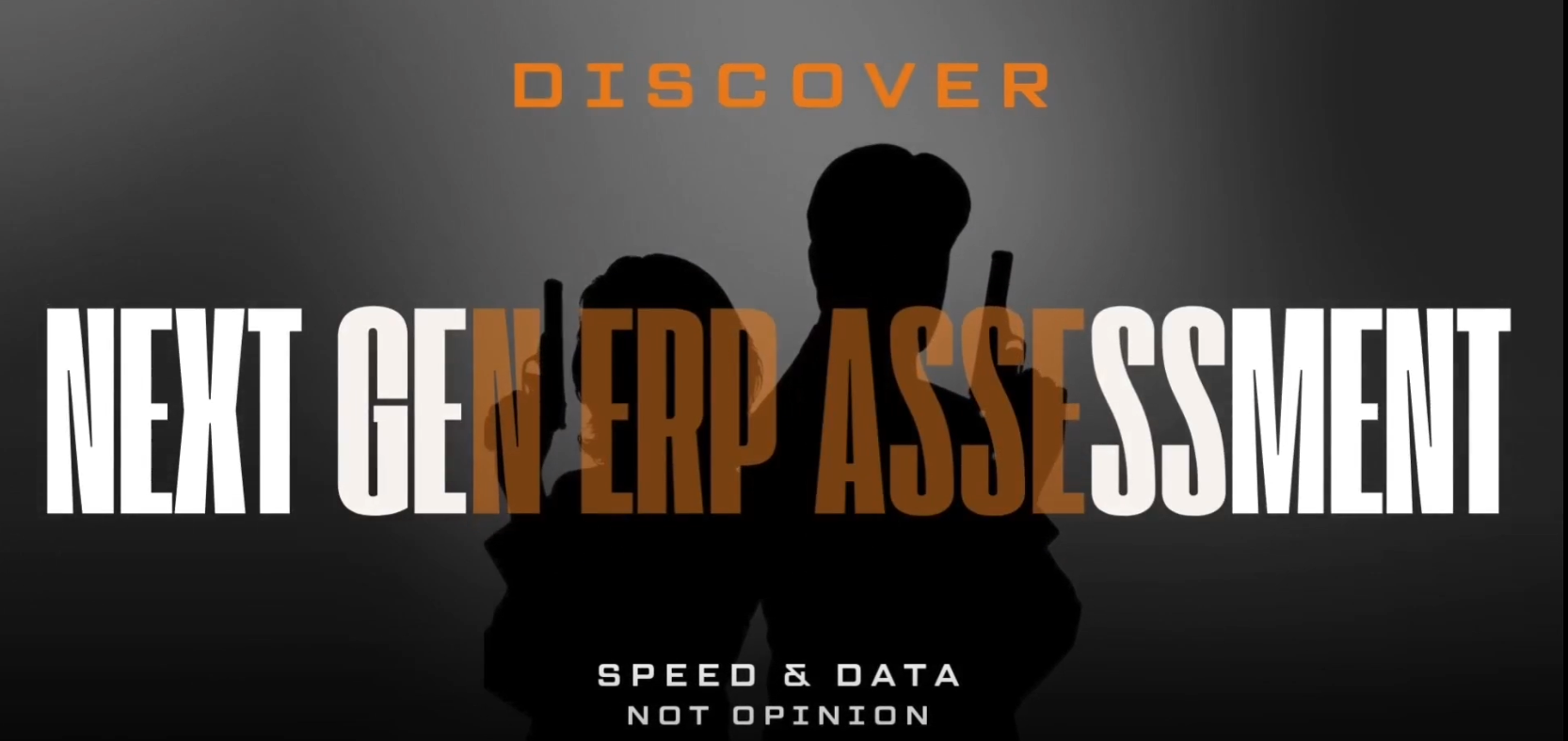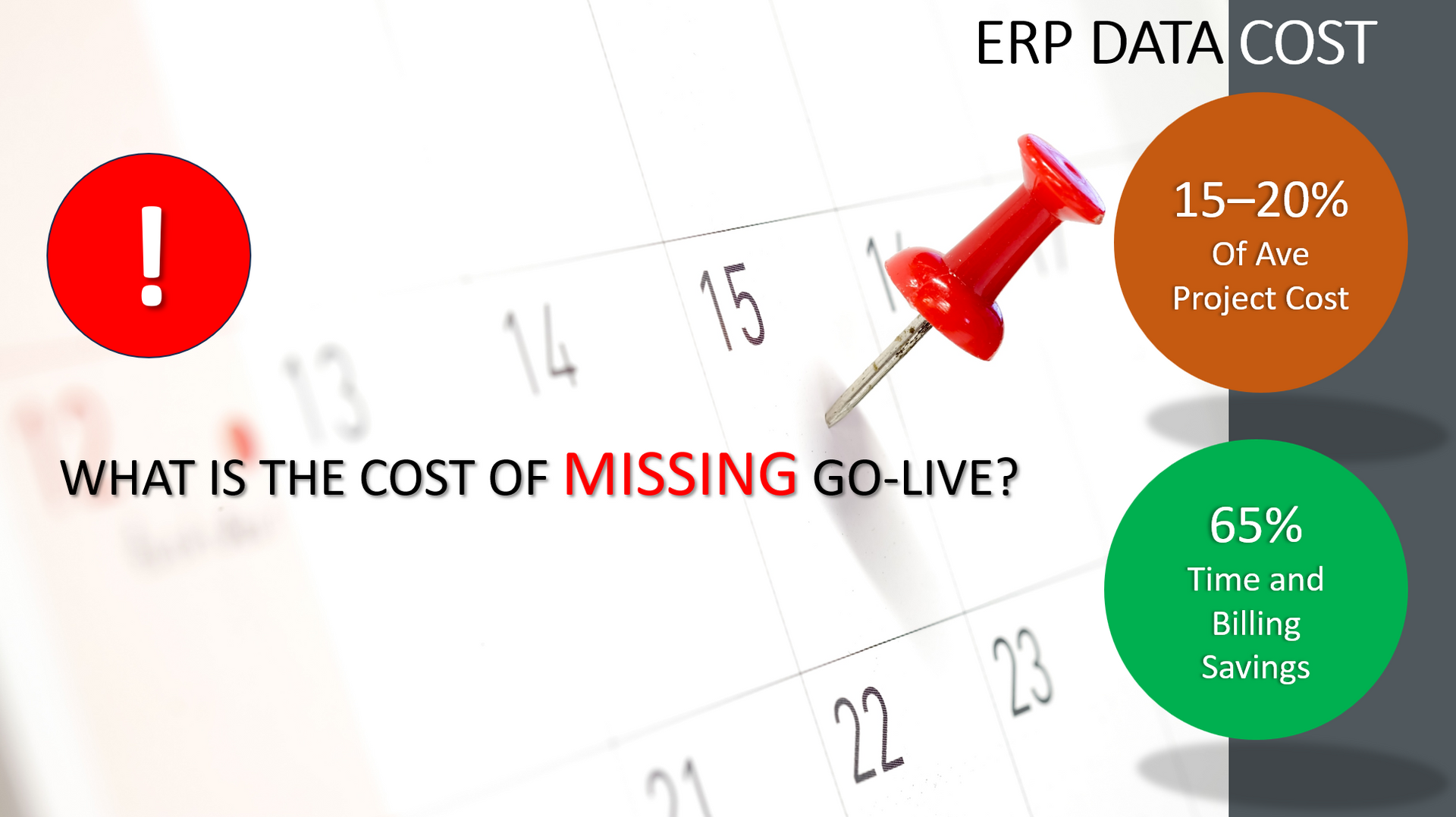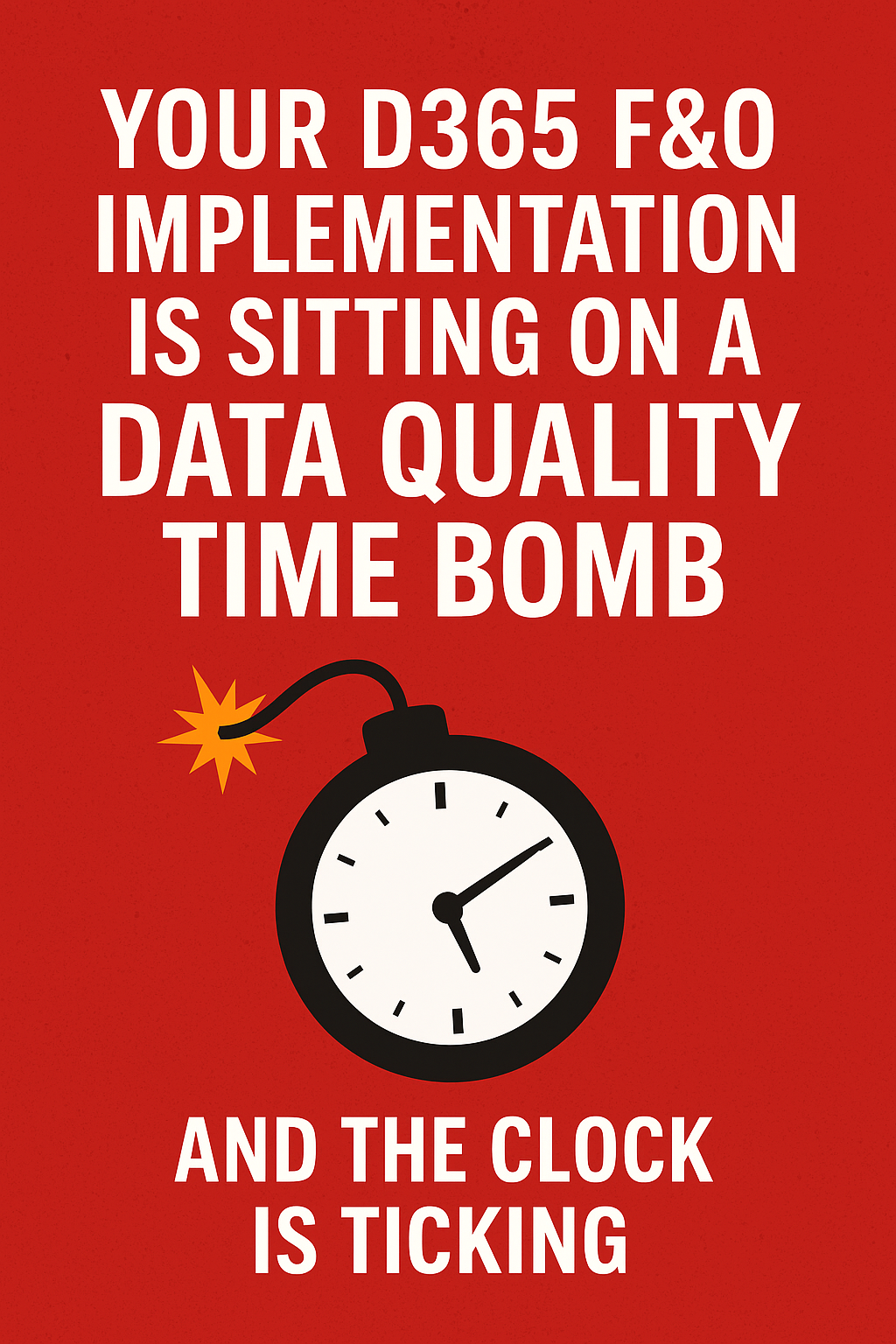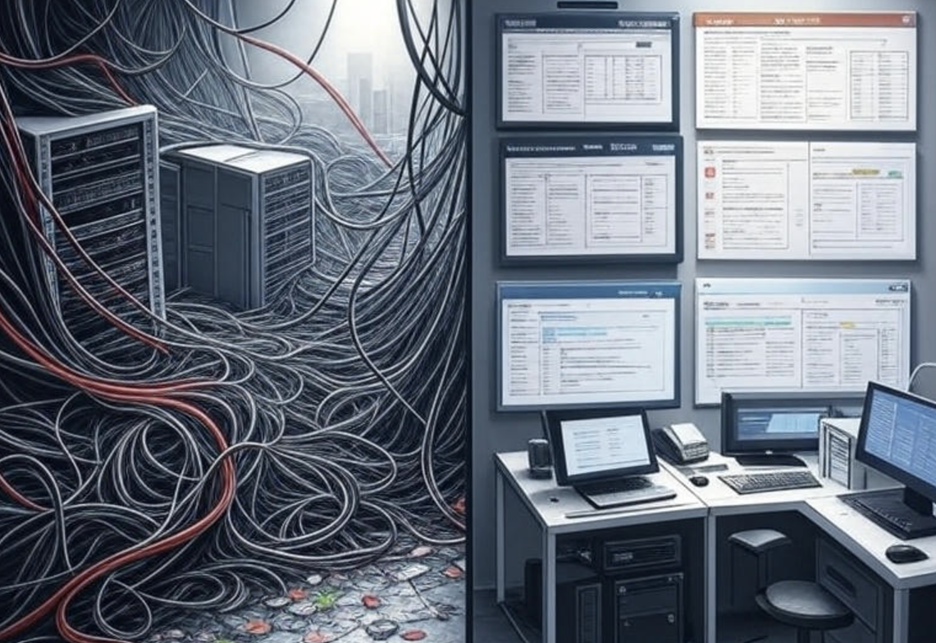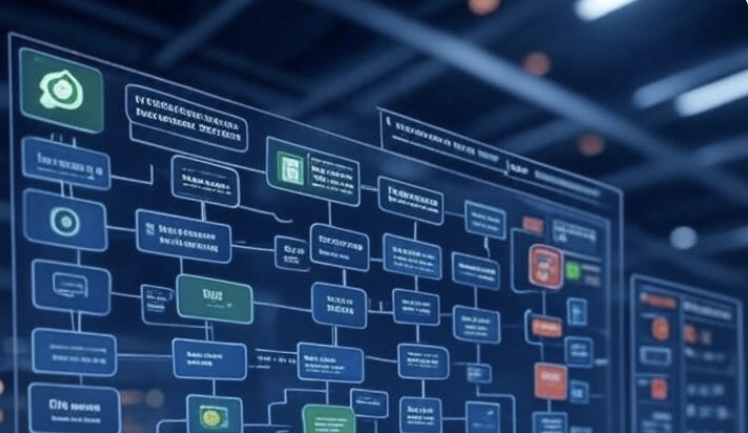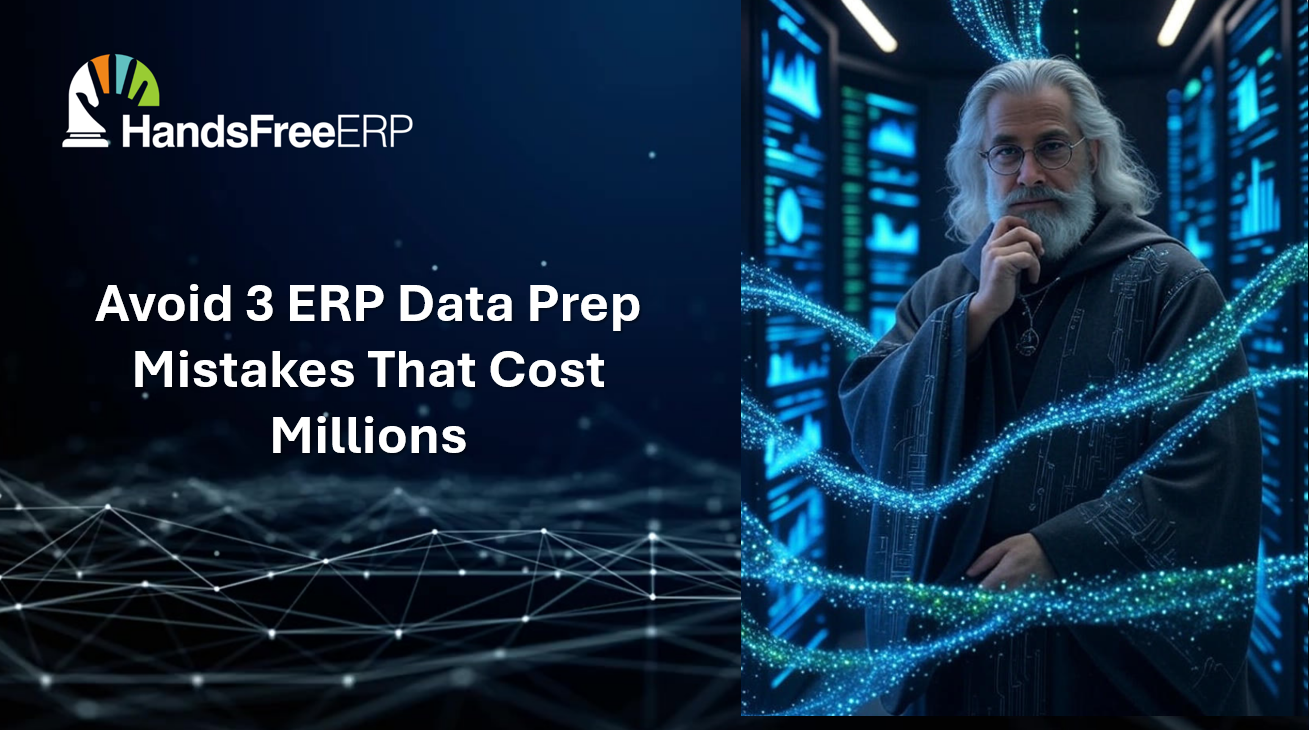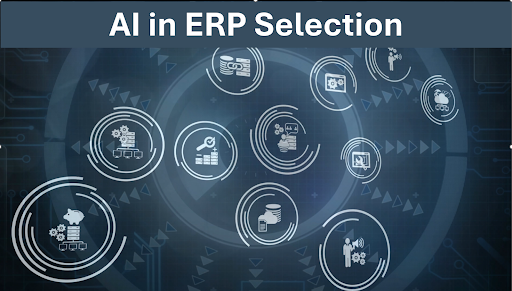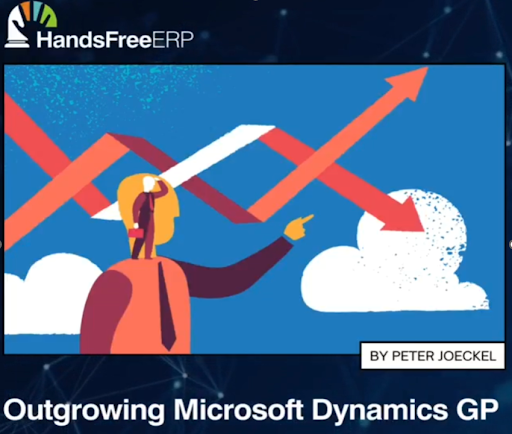AP Automation Binge Day Wrap Up
Setting the Stage for the Next Big Thing

Recently, HandsFree participated in the DAC AP Automation Battle with seven other AP Automation solutions. A replay of the event is available here.
The event provides one-stop shopping for Microsoft Dynamics ERP users interested in evaluating AP Automation solutions.
How did we do?

But seriously: The End of AP Automation (and the beginning of Hyperautomation) is the lead video in the program and differentiates our approach.
The HandsFree Hyperautomation Platform does AP Automation but its not AP Automation alone. It does so much more. Widespread legacy AP Automation solutions are a tiny subset of the ERP data capture and automation universe.
HandsFree addresses all data capture and automation requirements for any ERP or CRM platform. Binge day provided the opportunity for HandsFree to differentiate their Hyperautomation Platform from older and constrained solutions.
Please don't take my word for it; watch the Wrap Up & Takeaways from the Battleground if you don't have the time to review all eight presentations.

Highlights from the expert wrap up include:
- 7:30 – Moving from point solution products to more of an end-to-end platform. This observation perfectly captures the essence of the HandsFree solution.
- 14:15 – Return on Investment (ROI). The return on investment for an AP Automation solution is real and well documented without resorting to "Enron accounting." The HandsFree platform allows companies to easily automate transactions that have an even higher value to the company.
- 14:50 – Reminiscing on Peter calling John fat. An unfortunate misunderstanding that has since been addressed.
- 15:15 – A reference to our video and the actual savings it identifies in manufacturing companies.
- 17:15 – "Hidden Gem" of Hyperautomation. We agree enthusiastically.
- 25:02 – "The flexibility to hyperautomate as needed." Perhaps the first use of a new verb, but we will shamelessly use it from here on!
We invite everyone interested in AP Automation to view all eight presentations, listen to the experts discuss what they have seen, and drop us a note to set up your customized presentation.
PS – we will be auctioning off our internal text conversations transcript, reviewing the presentations in real-time. "My phone was hacked" is my official position.
HandsFree ERP is dedicated to supporting clients with their ERP initiatives, enabling companies to seamlessly connect users with their ERP partners. By utilizing skilled professionals, streamlined processes, and cutting-edge tools, HandsFree ERP significantly boosts the success rates of ERP projects.



